Exploring Peranakan Cuisine in Melaka, Malaysia
As I delve into the vibrant world of Peranakan cuisine, I find myself captivated by its rich tapestry of flavors, colors, and cultural significance. Originating from the intermingling of Chinese immigrants and local Malays, this unique culinary tradition is a testament to the harmonious blend of diverse influences. The term “Peranakan” refers to the descendants of these early Chinese settlers, who adopted local customs while retaining their ancestral heritage.
This fusion is not only evident in the food but also in the language, clothing, and overall lifestyle of the Peranakan people. Peranakan cuisine is characterised by its bold flavours and intricate preparation techniques. It is a delightful amalgamation of Chinese cooking techniques and Malay spices, resulting in dishes that are both aromatic and visually appealing.
The use of fresh herbs, spices, and ingredients such as lemongrass, galangal, and coconut milk creates a symphony of tastes that dance on the palate. As I explore this culinary landscape, I am constantly amazed by how each dish tells a story, reflecting the history and culture of the Peranakan community.
Key Takeaways
- Peranakan cuisine is a unique blend of Chinese, Malay, and Indonesian flavors and cooking techniques.
- Peranakan cuisine in Melaka has a rich history dating back to the 15th century, influenced by the city’s diverse cultural heritage.
- Must-try Peranakan dishes in Melaka include Nyonya laksa, ayam pongteh, and kueh pie tee.
- Authentic Peranakan food can be found in Melaka at popular restaurants such as Nancy’s Kitchen and Amy Heritage Nyonya Cuisine.
- The influence of Peranakan culture on Melaka’s cuisine is evident in the use of aromatic spices, coconut milk, and intricate cooking techniques.
The History of Peranakan Cuisine in Melaka
The Birth of a Unique Cultural Exchange
In the 15th century, Chinese traders began settling in Melaka, marrying local Malay women and giving rise to the Peranakan community. This intermarriage led to a unique cultural exchange that profoundly influenced the culinary landscape of the region.
A Reflection of Identity and Heritage
As I learn more about this history, I realize that Peranakan cuisine is not just about food; it is a reflection of identity and heritage. The early Peranakan families developed their own distinct culinary practices, incorporating local ingredients and flavors into traditional Chinese recipes.
A Culinary Tradition Enriched by Trade
Over time, these practices evolved into a unique cuisine that embodies the spirit of both cultures. The historical significance of Melaka as a trading hub further enriched this culinary tradition, as spices and ingredients from various regions were introduced, enhancing the complexity of flavors found in Peranakan dishes.

Must-Try Peranakan Dishes in Melaka
When it comes to must-try Peranakan dishes in Melaka, I find myself overwhelmed by the sheer variety and richness of options available. One dish that stands out is Nyonya Laksa, a fragrant noodle soup that combines coconut milk with a spicy shrimp or fish broth. The combination of fresh herbs and spices creates a depth of flavor that is simply irresistible.
Each spoonful transports me to a world where tradition meets innovation, showcasing the culinary prowess of the Peranakan people. Another dish that I cannot resist is Ayam Buah Keluak, a slow-cooked chicken dish featuring the unique buah keluak nut. This dish is a true labor of love, as the nuts require careful preparation to remove their bitterness before being cooked with chicken in a rich, dark sauce.
The result is a complex flavor profile that is both earthy and savory, leaving me craving more with each bite. As I savor these dishes, I am reminded of the stories and traditions that have been passed down through generations, making each meal a celebration of culture and history.
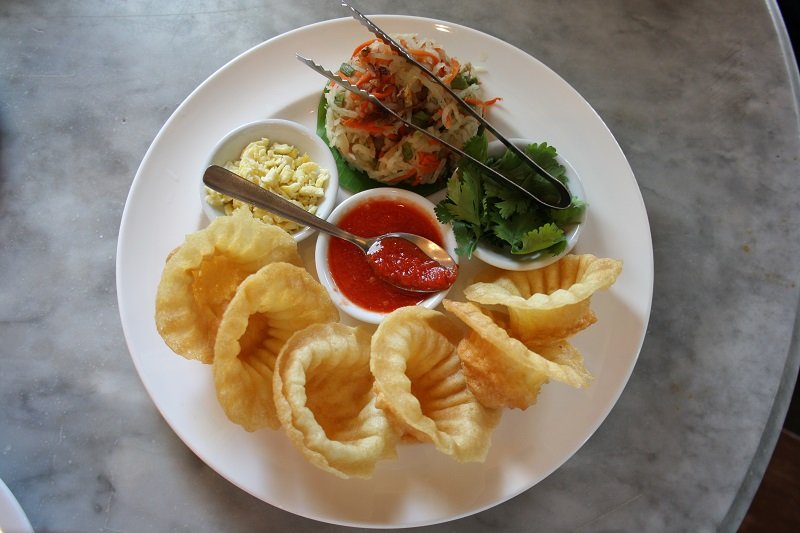
Where to Find Authentic Peranakan Food in Melaka
Finding authentic Peranakan food in Melaka is an adventure in itself. As I wander through the streets of this historic city, I am greeted by numerous eateries and restaurants that proudly serve traditional dishes. One place that stands out is Nancy’s Kitchen, renowned for its commitment to preserving authentic recipes while providing a warm and inviting atmosphere.
Here, I can indulge in a variety of Nyonya dishes prepared with love and care, each bite echoing the culinary heritage of the Peranakan community. Another gem I discover is Restoran Peranakan, where the ambiance reflects the rich cultural heritage of the Peranakan people. The restaurant’s decor features traditional artifacts and vibrant colors that transport me back in time.
The menu offers an array of dishes that showcase the diversity of Peranakan cuisine, from spicy sambals to delectable desserts like Kueh Lapis. Dining at these establishments not only satisfies my hunger but also allows me to immerse myself in the stories and traditions that shape this remarkable culinary landscape.
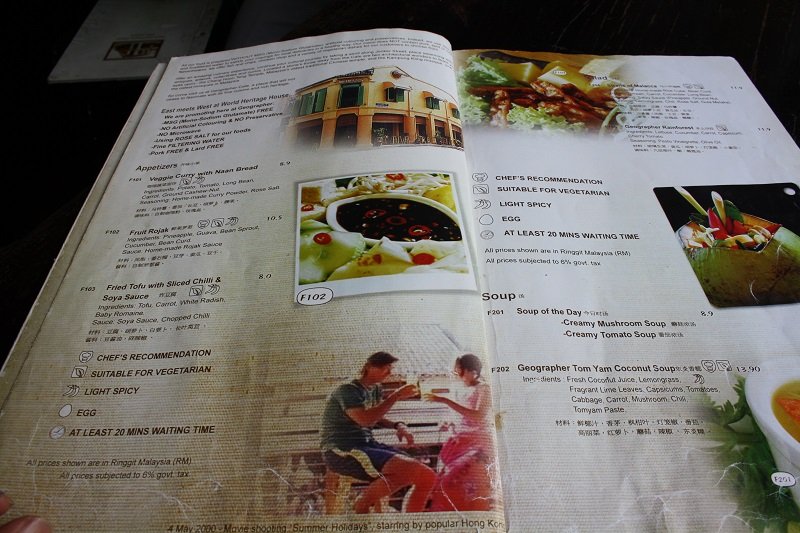
The Influence of Peranakan Culture on Melaka’s Cuisine
The influence of Peranakan culture on Melaka’s cuisine is profound and far-reaching. As I explore this culinary heritage, I notice how it has shaped not only the food but also the social fabric of the community. The blending of Chinese and Malay traditions has yielded a distinctive culinary identity that celebrates diversity while fostering unity among diverse cultures.
This cultural exchange is evident in the way ingredients are sourced, prepared, and enjoyed within the community. Moreover, Peranakan culture emphasizes hospitality and communal dining, which further enriches the culinary experience in Melaka. Meals are often shared among family and friends, creating bonds that transcend generations.
As I partake in these communal feasts, I am reminded of the importance of food as a medium for connection and storytelling. Each dish served carries a piece of history, inviting me to appreciate not only the flavours but also the cultural significance behind them.
Peranakan Culinary Traditions and Techniques
The culinary traditions and techniques employed in Peranakan cuisine are as intricate as they are fascinating. As I delve deeper into this world, I discover that many dishes require meticulous preparation and an understanding of flavor balance. For instance, making rempah—a spice paste essential to many Nyonya dishes—requires skillful blending of ingredients such as shallots, garlic, ginger, and various spices.
This process is not merely about combining flavors; it is an art form that reflects years of practice and cultural knowledge. Additionally, cooking methods play a crucial role in defining Peranakan cuisine. Techniques such as braising, steaming, and stir-frying are commonly used to enhance flavors while preserving the integrity of ingredients.
As I observe skilled chefs at work, I am struck by their dedication to maintaining traditional practices while also embracing modern influences. This adaptability ensures that Peranakan cuisine remains relevant while honouring its roots—a balance that resonates deeply with me as I embark on this culinary journey.

Peranakan Food Festivals and Events in Melaka
Participating in Peranakan food festivals and events in Melaka is an exhilarating experience that allows me to immerse myself fully in this vibrant culture. One event that stands out is the annual Nyonya Food Festival held at various venues throughout the city. This festival features a diverse array of traditional dishes prepared by talented chefs from the Peranakan community.
As I wander through stalls filled with enticing aromas and colorful displays, I am reminded of the communal spirit that defines this cuisine. Another event worth mentioning is the Melaka Heritage Food Festival, which celebrates not only Peranakan cuisine but also other traditional Malaysian foods. Here, I have the opportunity to engage with local chefs and learn about their culinary techniques while sampling an assortment of dishes.
These festivals serve as a platform for preserving culinary traditions while fostering appreciation for the diverse flavors that define Melaka’s food scene.
Tips for Exploring Peranakan Cuisine in Melaka
As I embark on my journey to explore Peranakan cuisine in Melaka, I have compiled several tips to enhance my experience. First and foremost, I recommend engaging with locals who can provide insights into hidden gems and lesser-known eateries serving authentic dishes. Their recommendations often lead me to delightful surprises that may not be found in guidebooks.
Additionally, being open-minded about trying new flavors is essential when exploring this cuisine. Each dish tells a story and offers a glimpse into the rich cultural heritage behind it. Whether it’s sampling spicy sambals or indulging in sweet kueh desserts, embracing these flavors allows me to connect more deeply with the culinary traditions of the Peranakan community.
In conclusion, my exploration of Peranakan cuisine in Melaka has been nothing short of transformative. From its historical roots to its vibrant dishes and cultural significance, every aspect invites me to appreciate not only the food but also the stories woven into each meal. As I continue my culinary journey through this enchanting city, I am reminded that food is more than sustenance; it is a celebration of identity, heritage, and community—a sentiment that resonates deeply within me as I savor every bite.
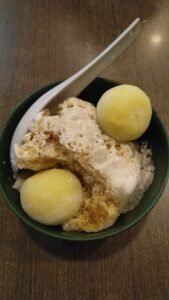
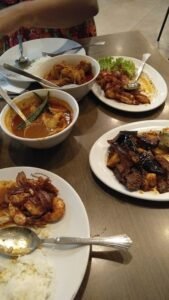
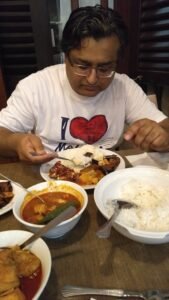

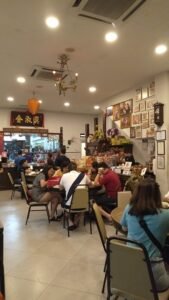
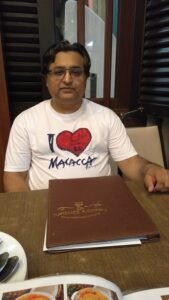
FAQs
What is Peranakan food?
Peranakan food refers to the cuisine of the Peranakan or Straits Chinese people, who are descendants of Chinese immigrants who came to the Malay archipelago, including Malaysia, Singapore, and Indonesia. Peranakan cuisine is a unique blend of Chinese, Malay, and Indonesian flavors and cooking techniques.
What are some popular Peranakan dishes in Melaka, Malaysia?
Some popular Peranakan dishes in Melaka, Malaysia, include Ayam Pongteh (chicken stewed in fermented soybean sauce), Nyonya Laksa (spicy coconut milk-based noodle soup), and Itik Tim (duck soup with salted vegetables).
What are the key ingredients used in Peranakan food?
Key ingredients used in Peranakan food include coconut milk, tamarind, belacan (shrimp paste), lemongrass, galangal, and a variety of spices such as turmeric, coriander, and cumin.
Where can I find Peranakan food in Melaka, Malaysia?
Peranakan food can be found in various restaurants, food stalls, and Peranakan households in Melaka, Malaysia. Some popular places to try Peranakan food include Jonker Street, which is home to numerous Peranakan restaurants and food stalls.
Related content on the site:
 Island Destinations, Malaysia
Island Destinations, MalaysiaPlanning a honeymoon and looking for some amazing honeymoon places in Malaysia for a romantic and memorable holiday? Malaysia is ranked as […]
 Kuala Lumpur, Roadtrips
Kuala Lumpur, RoadtripsKuala Lumpur is a great city for a family holiday. There are plenty of things to do in Kuala Lumpur for visitors […]
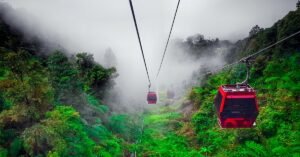 Kuala Lumpur
Kuala LumpurPlanning a trip to Genting Highlands and not sure where to Park? This is a valid question for any smart traveller […]
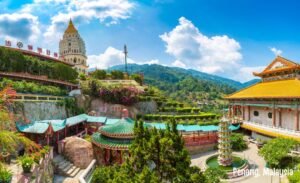 Kuala Lumpur, Roadtrips, Travel Itinerary
Kuala Lumpur, Roadtrips, Travel ItineraryPenang is one of the most popular destinations in Malaysia for tourists due to its rich cultural heritage and exceptional […]
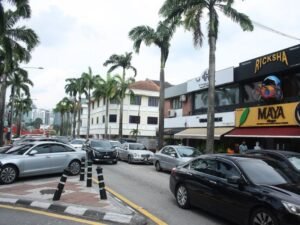 Kuala Lumpur, Malaysia
Kuala Lumpur, MalaysiaBangsar stands out as one of the most captivating neighbourhoods in Kuala Lumpur, drawing a significant ex-pat following. The neighbouring […]
 Roadtrips, Travel Itinerary
Roadtrips, Travel ItineraryPreparing for Your Road Trip Embarking on a road trip from Kuala Lumpur to Penang, with stops at captivating destinations […]
 Hotel Reviews, Malaysia
Hotel Reviews, Malaysia2024 has been an adventurous year for me, and I explored many new destinations on my various road trips in […]







